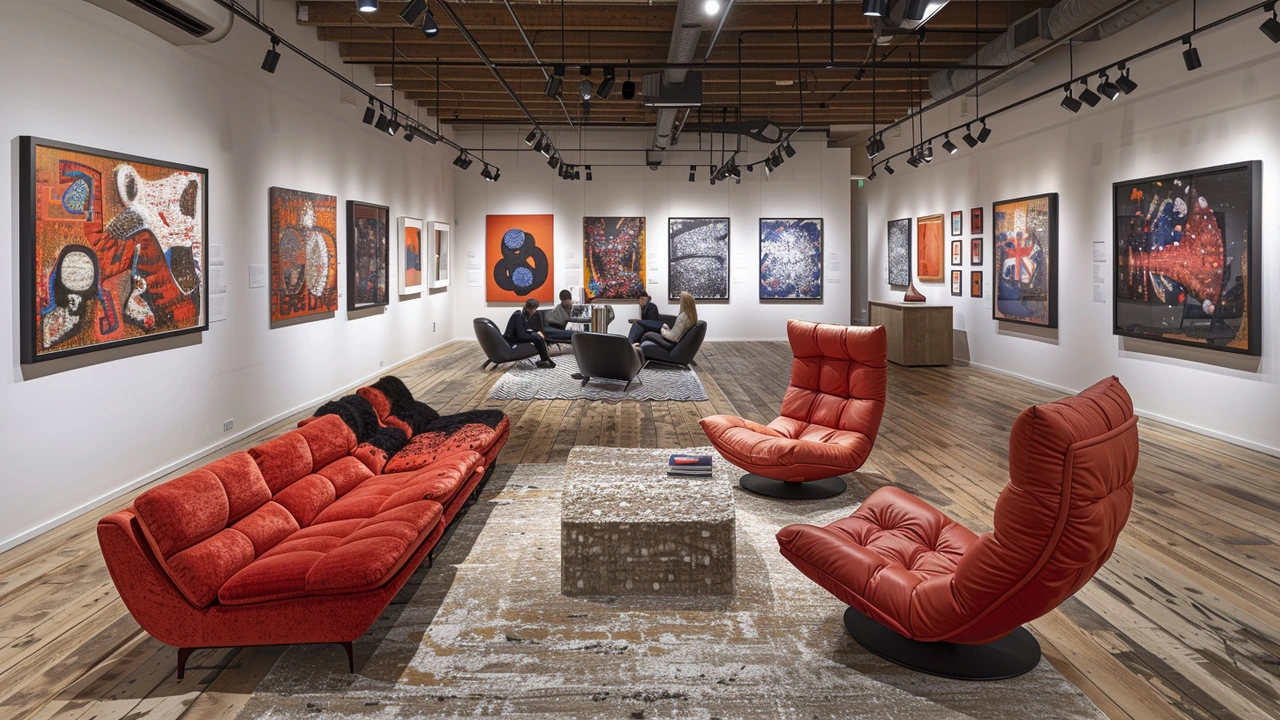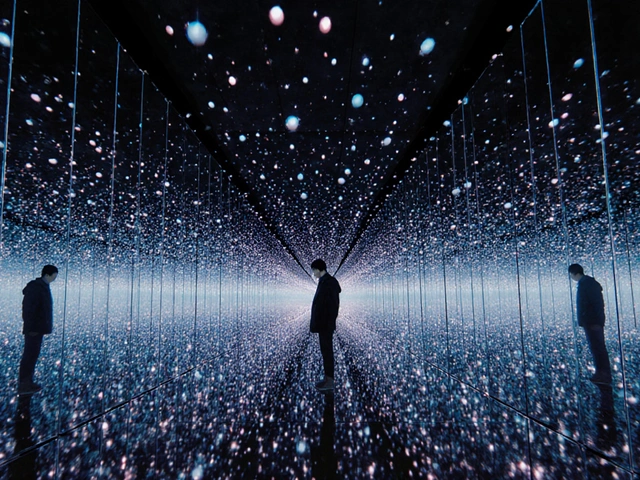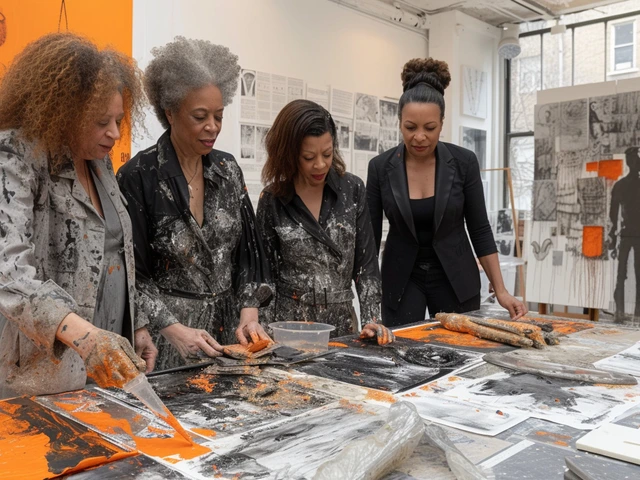In the ever-evolving world of art, Avant-Garde stands out as a transformative force, constantly pushing the boundaries of creativity and societal expectations. It's a genre that challenges our perceptions, urging us to see the world through a different lens.
Understanding Avant-Garde art requires us to look beyond the surface. It’s not just about what you see, but what it represents—rebellion, innovation, and a departure from the conventional. This form of artistic expression has roots in various movements throughout history, each bringing its own unique approach to breaking norms.
Key movements like Dadaism, Surrealism, and Abstract Expressionism have paved the way for contemporary Avant-Garde artists. These pioneers used their work to question reality, challenge societal structures, and provoke thought. From Marcel Duchamp's controversial 'Fountain' to Jackson Pollock's chaotic splashes of paint, Avant-Garde art invites us into a world where the unexpected becomes the norm.
But what makes Avant-Garde art truly impactful is its ability to influence society. By confronting issues head-on and presenting alternative viewpoints, it sparks conversations and inspires change. It's a reminder that art is not just a reflection of society, but a powerful tool for transformation.
For those willing to immerse themselves in this bold genre, appreciating Avant-Garde art can be an eye-opening experience. It's about keeping an open mind and allowing the unconventional nature of the artwork to challenge your own perspectives. By doing so, you not only enrich your understanding of art but also gain a deeper insight into the world around you.
- Understanding Avant-Garde Art
- Historical Context and Key Movements
- Influential Artists and Works
- The Impact on Society
- How to Appreciate Avant-Garde Art
Understanding Avant-Garde Art
Avant-Garde art is a term that goes beyond the usual boundaries. It encompasses a wide range of styles, methods, and ideas, all united by their pursuit of the new and the unconventional. Originating in the early 20th century, the Avant-Garde movement was a rebellious response to traditional academic art. It wasn't just about making something new; it was about making something that made people think differently.
The term 'Avant-Garde' itself is derived from the French military term meaning 'advance guard,' implying that these artists were at the forefront of a movement, pushing society forward. This was particularly evident in early Avant-Garde movements like Cubism, where artists such as Pablo Picasso and Georges Braque fragmented their subjects into geometric shapes. These works forced viewers to reconsider how they perceived space and form. Such revolutionary ideas were radical at the time, but they paved the way for new ways of thinking in the art world.
A major aspect of Avant-Garde art is its emphasis on originality and experimentation. Unlike mainstream art, which often relies on established techniques and conventions, Avant-Garde artists strive to break free from these limitations. They experiment with different materials, styles, and concepts, often producing works that are abstract, provocative, or surreal. A good example is Salvador Dalí's melting clocks in 'The Persistence of Memory,' which challenge our notions of time and reality.
One cannot discuss Avant-Garde art without mentioning Dadaism. Emerging during World War I, Dada artists like Marcel Duchamp sought to reject the laws of traditional art. Duchamp's 'Fountain,' a porcelain urinal turned on its side and signed 'R. Mutt,' is perhaps the most famous example. This piece questioned what could be considered art and poked fun at the establishment's reverence for craftsmanship and technique. It sparked debate and inspired future generations to think outside conventional boundaries.
"Art should comfort the disturbed and disturb the comfortable." - Banksy
It's important to acknowledge that Avant-Garde art isn’t just about shock value; it’s deeply tied to intellectual and cultural commentary. Movements like Surrealism delve into the subconscious mind, influenced heavily by the psychoanalytic theories of Sigmund Freud. Artists like René Magritte used bizarre and dream-like imagery to explore human psychology. In this way, Avant-Garde art serves not just as visual stimulation but also as a medium for exploring deeper philosophical questions.
An interesting aspect of Avant-Garde art is its relationship with technology and media. Modern Avant-Garde artists often utilize digital tools and platforms, reflecting contemporary society's interconnected and ever-changing nature. For example, glitch art, which intentionally uses digital errors to create aesthetic pieces, subverts the perfection we often associate with digital media. This mirrors the unpredictability and chaos found in traditional Avant-Garde movements.
Finally, understanding Avant-Garde art means appreciating its purpose: to challenge, to provoke, and to inspire. It's not merely about creating something new but about creating something that compels viewers to see the world differently. Whether through abstract forms, thought-provoking concepts, or surreal imagery, Avant-Garde art continues to be a dynamic and influential force in the art world, reminding us that art is not just about representing reality but about reimagining it.
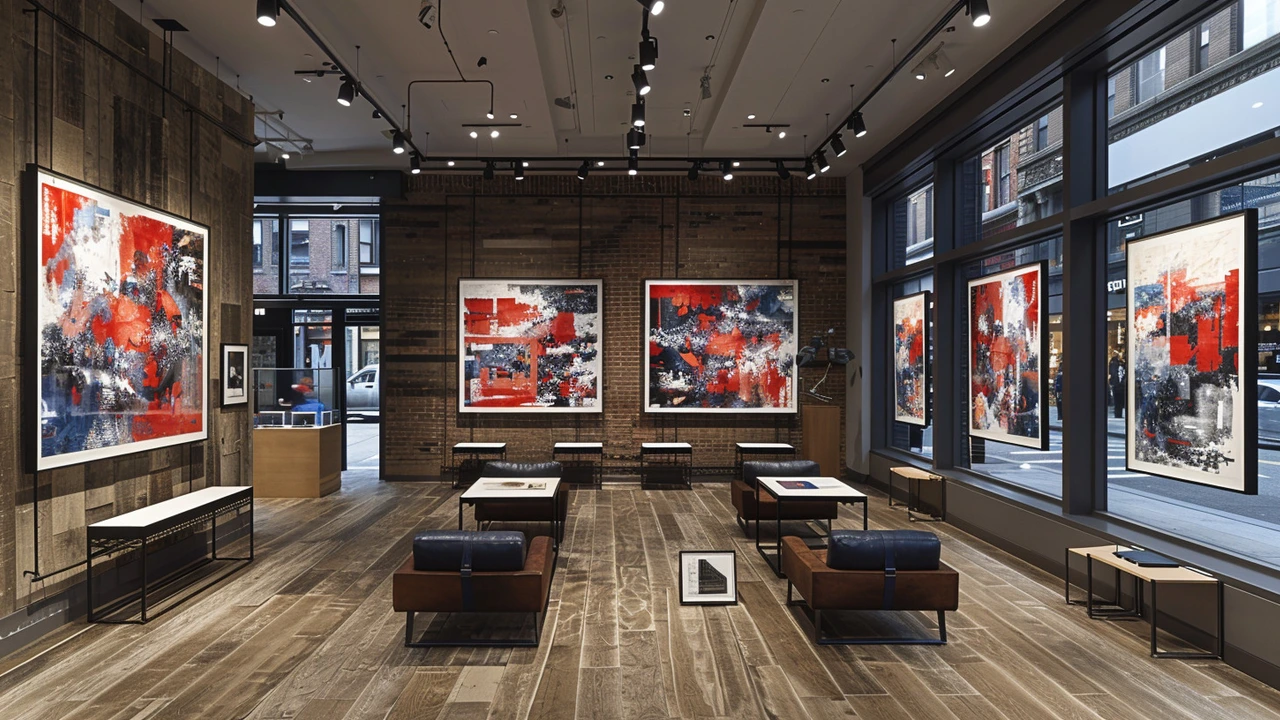
Historical Context and Key Movements
To truly appreciate the impact of Avant-Garde art, one must first understand its rich historical context. This daring genre has its roots in the early 20th century, a period marked by rapid societal changes, technological advancements, and significant political upheavals. Artists began to reject traditional forms and techniques, opting instead to explore new modes of expression that defied conventional norms.
One of the earliest and most influential movements within Avant-Garde art was Dadaism. Emerging during World War I, Dada artists sought to challenge the status quo through absurdity and irrationality. They believed that the horrors of war were a result of a rational world and, hence, chose to create art that was intentionally illogical and nonsensical. Marcel Duchamp's 'Fountain,' a urinal presented as art, became a symbol of this movement's rebellious spirit. As he famously said,
"I was drawing people's attention to the fact that art is a mirage. A mirage, exactly like the religious one: art should not be a niche for the slothful."
Building on the chaos of Dadaism, Surrealism emerged in the 1920s as a new wave of Avant-Garde art. Influenced by the psychoanalytic theories of Sigmund Freud, Surrealist artists aimed to unlock the unconscious mind, creating dreamlike and fantastical images. Salvador Dalí's melting clocks in 'The Persistence of Memory' exemplify this movement's focus on the bizarre and the uncanny. Surrealism challenged viewers to confront their own subconscious, blurring the lines between reality and imagination.
As the 20th century progressed, Abstract Expressionism took center stage, particularly in post-war America. This movement was less concerned with representing the external world and more focused on expressing inner emotions and experiences. Artists like Jackson Pollock and Mark Rothko used bold colors and vigorous brushstrokes to convey their feelings. The action painting technique, often associated with Pollock, involved dripping and splattering paint onto a canvas laid on the ground, an approach that prioritized spontaneity and raw emotion over precision.
The influence of these key movements can still be seen in contemporary Avant-Garde art, where artists continue to break boundaries and challenge audiences. They draw from the past to push the genre forward, constantly finding new ways to question societal norms and provoke thought. The spirit of rebellion, innovation, and exploration that defined early Avant-Garde art remains at its core today.

The Impact on Society
Avant-Garde art has a profound impact on society, often serving as a catalyst for social and cultural change. It challenges the status quo and encourages people to think beyond conventional norms. This genre of art brings attention to important issues, encourages dialogue, and inspires action. By breaking the boundaries of traditional art, Avant-Garde forces us to confront uncomfortable truths and consider alternative perspectives.
One of the most significant impacts of Avant-Garde art is its role in promoting social awareness. Artists like Ai Weiwei and Yoko Ono use their works to shine a light on human rights violations and political injustices. Ai Weiwei’s installation 'Sunflower Seeds' brought awareness to the cultural and economic changes in China, while Yoko Ono’s 'Cut Piece' challenged viewers to consider the violence and objectification women face. These pieces do more than just make a statement; they provoke thought and inspire social activism.
Another way Avant-Garde art influences society is by pushing the boundaries of what is considered acceptable or normal. This genre often embraces controversial topics, questioning societal norms and values. For instance, Tracey Emin’s 'My Bed' challenged traditional notions of what constitutes art and brought attention to personal and taboo subjects. Similarly, the works of Jean-Michel Basquiat addressed issues of race, class, and identity, forcing the public to confront these deeply ingrained social issues.
The influence of Avant-Garde art extends beyond social and political issues. It also plays a crucial role in advancing cultural and artistic practices. By constantly experimenting and innovating, Avant-Garde artists pave the way for new forms of artistic expression. Movements such as Cubism, led by Pablo Picasso and Georges Braque, revolutionized the visual arts by introducing abstraction and multiple perspectives. This opened up new possibilities for future artists and changed the course of art history.
Avant-Garde art also has a significant economic impact. It drives the art market by pushing boundaries and setting new trends. Pieces that were once considered controversial or unorthodox are now highly valued in the art world. For example, works by Jackson Pollock, once criticized for their chaotic nature, are now celebrated and fetch millions at auctions. This economic shift highlights how Avant-Garde art can redefine what is considered valuable and important.
The role of Avant-Garde in education is another crucial aspect of its societal impact. Educational institutions often incorporate Avant-Garde works into their curricula to challenge students' perceptions and encourage critical thinking. By studying artists like Marcel Duchamp and his infamous 'Fountain', students learn to question traditional definitions of art and creativity. This critical approach extends beyond art education, fostering a more open-minded and analytical way of thinking in various fields.
"Avant-Garde art doesn't just reflect society; it challenges and reshapes it." - Sarah Thornton, art critic and sociologist
Lastly, Avant-Garde art often ignites public engagement and participation. Interactive installations and performance art pieces invite the audience to become part of the artwork. For instance, Marina Abramović’s 'The Artist is Present' involved participants in a silent and powerful exchange, blurring the line between artist and spectator. This level of involvement makes art feel more accessible and relevant, fostering a deeper connection between art and the public.
In essence, the impact of Avant-Garde art on society is multifaceted. It serves as a powerful tool for social commentary, challenges conventional norms, drives artistic innovation, influences the economy, enriches education, and engages the public. Through its bold and often provocative nature, Avant-Garde art continues to reshape our world, encouraging us to see beyond the ordinary and embrace the transformative potential of creativity.
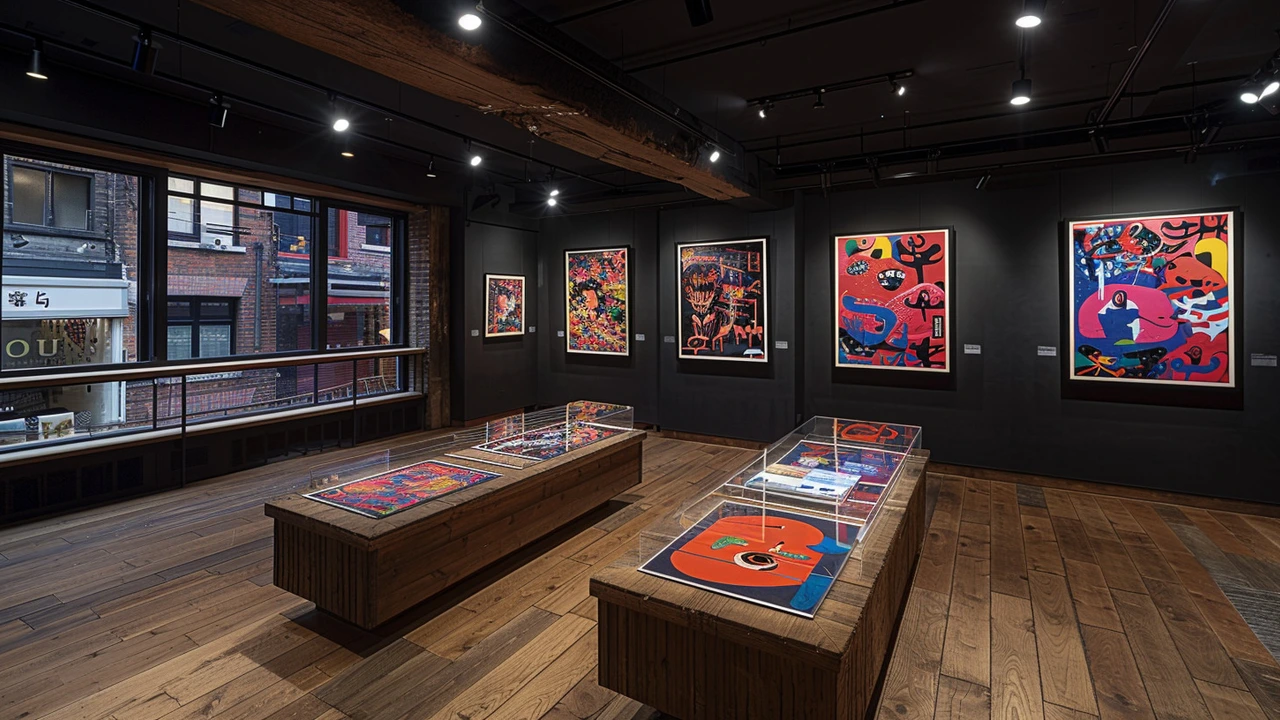
How to Appreciate Avant-Garde Art
Appreciating Avant-Garde art can be both an exhilarating and perplexing experience. It’s a realm where the conventional rules of art are turned upside down, replaced by an emphasis on innovation and emotional resonance. The key to truly appreciating this form of art lies in embracing an open mind and a willingness to explore beyond the visible elements.
Start by immersing yourself in the history and context of Avant-Garde movements. Understanding the socio-political environment that shaped artists like Marcel Duchamp or Salvador Dali can provide deeper insight into their works. For example, Duchamp’s 'Fountain' was a radical statement against traditional art forms and institutions. Knowing this background helps you appreciate the intentional provocations in their work.
“Art is not what you see, but what you make others see.” – Edgar Degas
Next, allow yourself to engage with the emotional aspect of the art. Avant-Garde pieces often evoke strong reactions—confusion, awe, discomfort. These emotions are integral to the experience. Rather than seeking to immediately understand or categorize these feelings, let them simmer. Reflect on why a piece makes you feel a certain way, and consider the artist’s possible intentions behind it.
Observe the Unconventional
When exploring an Avant-Garde artwork, pay attention to the materials and techniques used. These choices are often unconventional and can be key to grasping the work’s essence. For example, Jackson Pollock's drip paintings broke away from the traditional use of brushes and easels, creating an entirely new method of abstract expression. Such techniques aren’t just for shock value; they’re meant to provoke thought about the possibilities within art itself.
| Artist | Movement | Notable Work |
|---|---|---|
| Marcel Duchamp | Dada | Fountain |
| Salvador Dali | Surrealism | The Persistence of Memory |
| Jackson Pollock | Abstract Expressionism | Number 1, 1950 (Lavender Mist) |
Engage with other enthusiasts and experts. Discussions can open up new perspectives and interpretations that you might have missed. Art appreciation often benefits from collective insight, as different people can offer varied viewpoints that enrich your understanding. Joining forums, attending exhibitions, and reading critiques are great ways to deepen your appreciation.
Interactive Exploration
Take advantage of interactive experiences offered by many modern museums and galleries. These settings often provide augmented reality (AR) features, detailed audio guides, and immersive installations that can enhance your understanding of Avant-Garde works. Such tools can potentially shed light on subtle aspects of the pieces, allowing for a more comprehensive experience.
Moreover, be patient with your journey into Avant-Garde art. Your appreciation is likely to evolve over time as you become more familiar with its complexities. Regularly revisiting certain works can reveal new layers and meanings that you might not have noticed initially. The journey of exploring Avant-Garde art is continuous, filled with discovery, challenge, and profound insight.

